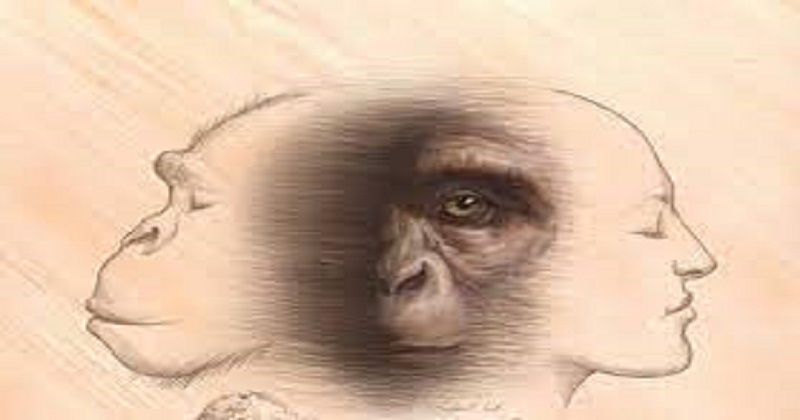
Researchers have discovered an ancient human genome from Southeast Asia that demonstrates the movement of early modern humans throughout the region. Until now, it was unknown. It is possible that this movement would have passed through India, increasing its genetic diversity. DNA analysis of the fossil of a young hunter-gatherer woman shows a human lineage that split off around 37,000 years ago and has similarities to modern Papuans, indigenous Australians, and modern Andamanese.
Researchers examined the movement of early Homo sapiens between the Sunda Shelf (comprising mainland Southeast Asia and the continental islands of Western Indonesia) and Pleistocene Sahul (Australia-New Guinea). They further describe Denisovan (believed to be extinct species or subspecies of ancient humans) and deep Asian-related ancestries in the genome and infer their widespread displacement from the region today.

So far, only two pre-Neolithic human genomes have been sequenced from this region, according to a study published in the journal Nature. Both are from mainland Hòabìnhian (related to Southeast Asian populations and artifacts) hunter-gatherer sites: Pha Faen in Laos and Gua Cha in Malaysia.
CONTINENTAL CROSSING
At least 50 thousand years ago, humans crossed through Wallacea (the Indonesian islands) to reach Sahul (Australia’s mainland). It is not known with certainty how they entered the continent. According to cave art found in Indonesia of a Sulawesi warty pig, the earliest evidence of human species in Wallacea dates to at least 45.5 thousand years ago. The earliest human skeleton remains date from 13,000 years ago.
Analyzing genetic diversity is one way to study this route. In contrast to prevailing views that Australia and the rest of the world did not have any contact, prior research has shown substantial gene exchange between the Indian population and Australia. Models from the region indicate that the ancestors of Oceanian and Eurasian groups split around 58,000 years ago, while the Papuan and aboriginal Australian groups separated about 37,000 years ago.

Modern humans admixed multiple times with groups including unknown hominins during this period. ‘The genetic ancestry of the two Hòabìnhian-associated foragers from Pha Faen and Gua Cha shows the highest similarity to modern Andamanese peoples,’ the paper said indicating that the movement could have traversed through the Indian region to reach Australia.
In order to reach this conclusion, the researchers analyzed DNA from a bone taken from a young hunter-gatherer woman who lived around 7,000 years ago and was found in the limestone cave of Leang Panninge in Indonesia. The ancient DNA extracted from the forager’s bones revealed that she was an Australo-Melanesian woman with a 1718-year-old background.
Read more: Afghan girl born on US ship fleeing Taliban regime named ‘Reach’
‘Using genome-wide analyses, researchers determined that most genetic drifts originated from New Guinea and Aboriginal Australia. However, this Toalean-related genome represents a previously unknown lineage that split off around the time of the Papuan and Indigenous Australian split,’ the paper said. In addition, researchers noted that it was possible the Toalean (Indonesian) individual possessed locally derived genes from Sulawesi before they migrated to Australia.

Post Your Comments